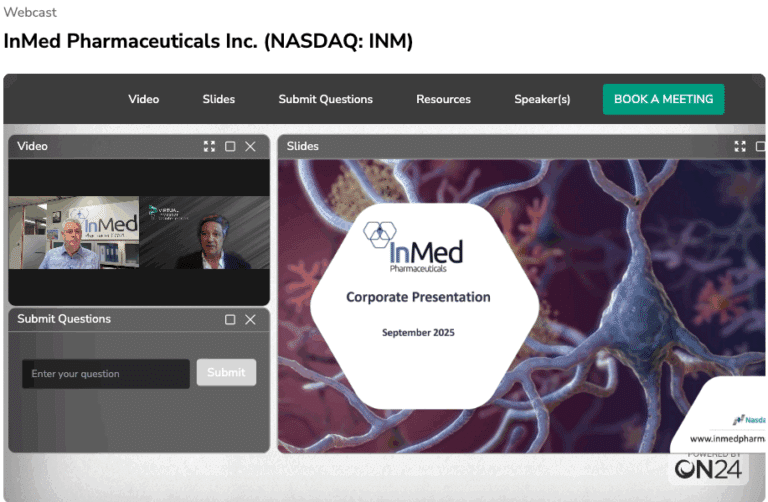The focus of treating pain over the last decade has led to the emergence of a number of opioid drugs. Since their introduction, this method of treatment has become the status quo in most parts of the world. Data from the Center for Disease Control and Prevention found that since 1999 the number of opioid deaths and number of opioid prescriptions has quadrupled, but there has been no increase in the number of reported pain cases. This overprescribing has led to the current opioid crisis in the United States.
As our country attempts to respond to the epidemic through new laws limiting the amount of prescriptions and legislation supporting programs that treat opioid addiction, doctors and patients are left with a gaping hole in treatment options. While opioids have provided a solution for pain management, they created many other problems in the process: addiction, respiratory depression, liver damage, brain damage, death by overdose, and others. Patients need an effective and safe alternative to eliminate their pain. New studies coupled with anecdotal evidence point researchers to the possibility of utilizing cannabis as an alternative to opioids. Numerous tests have illustrated how cannabis, more specifically the active cannabinoids within the plant, can significantly help in treating pain.
InMed Pharmaceuticals is making progress in developing this solution. INM-405 is a cannabinoid-based topical treatment we are developing to treat localized pain, initially orofacial pain. Orofacial pain has been identified by The International Association for the Study of Pain as one type of chronic pain that topical therapies may be more effective in. Topical cannabinoid treatments can have a big impact on outcomes for patients dealing with pain. The cannabinoids that InMed creates are applied topically, or directly to the treatment site, which allows for greater efficacy and the usage of lower dosages.
To create these cannabinoids, InMed utilizes a process called biosynthesis, in which complex molecules are produced within living cells. In this case, the biosynthetic process addresses the challenge of manufacturing pharmaceutical grade cannabinoids, especially those that are found in only trace amounts in the cannabis plant, known as minor cannabinoids. Despite being less prevalent in the plant, they may hold significant pharmacological benefits in humans. However, extracting enough of these minor cannabinoids to be researched would prove to be exorbitant. Instead, biosynthesis mass produces bio-identical compounds to those naturally occurring in the plant, offering a more financially feasible alternative and reliable source of pure, pharmaceutical-grade starting materials.
The process also offers a more precise approach to medical cannabis, allowing patients to be treated with the specific cannabinoid or combination to best treat their ailment. In contrast to opioids, cannabinoids created through biosynthesis are much safer. What we see here warrants the question of how this technology can open doors to treating ailments beyond just pain.
To conceive the full potential of cannabinoids, more research is needed, which can be difficult in the United States where cannabis is heavily regulated. In contrast, the Canadian regulatory landscape has yielded invaluable data on cannabinoids, as there are more opportunities for medical research. While the United States has not embraced the concept to the same extent as its neighboring country, the U.S. House Judiciary Committee panel’s recent Medical Cannabis Research Act of 2018 may be an indicator of progress. The Act seeks to encourage federally-approved clinical trials to test potential medicinal effects of cannabinoids in the marijuana plant. The intent is to increase the availability of high-grade marijuana for more companies to access and test its properties. This legislation will hopefully lead to uncovering additional indications for cannabinoids and provide patients with more choices to manage their pain.
Overall, cannabinoids have shown promise as an alternative to treating pain. With more research, cannabinoids can play a major role in solving the opioid crisis. For patients, the wait for an alternative to opioids cannot arrive soon enough.







